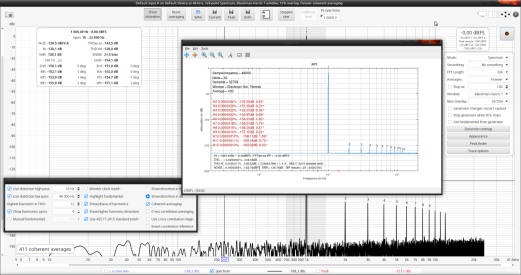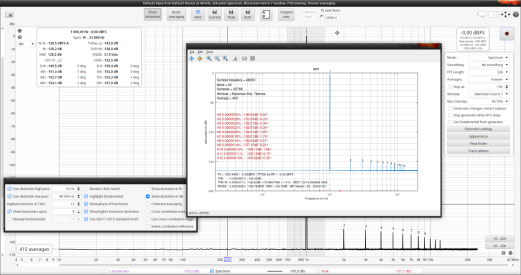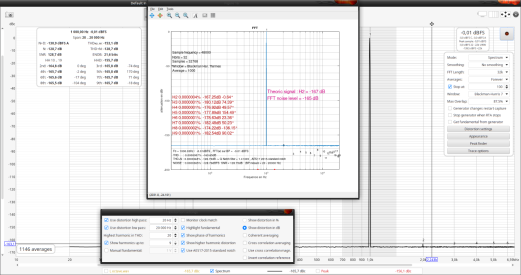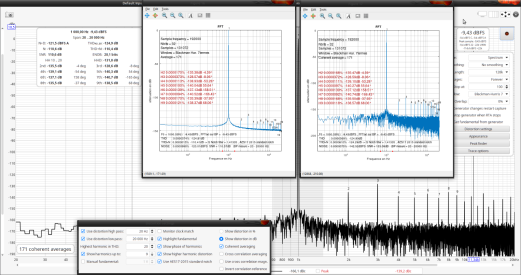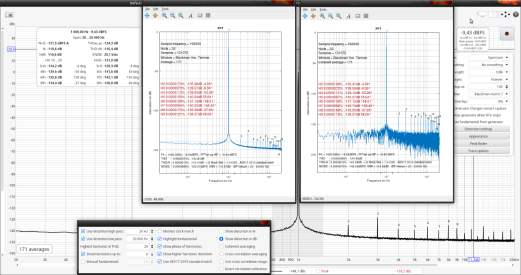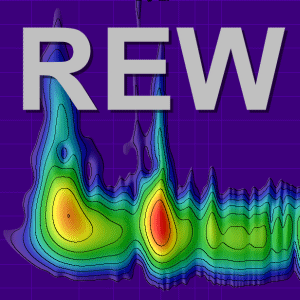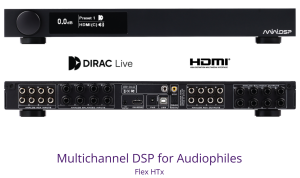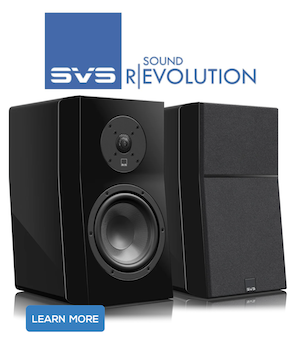Hi John
It took me a while to write these comments.
I would like to know what your policy is regarding the accuracy
of harmonic amplitudes in RTA when you are close to noise (from 15 to 0 dB)
from noise). If this hasn't been corrected, I have version "REW 5.4 Beta 50."
I noticed that in this noise range, the accuracy of harmonic amplitudes
differs slightly depending on whether you are in "coherent averaging" or
"average standard."
In my tool, I have developed my measurement procedure, which
deviates much less from the target values; this procedure is not exceptional.
I'll leave an example here.
If, of course, your interest is low, no response is necessary.
Example ::
Generated theoretical reference signal:
From -150dB THD to -160dB in 1dB steps.
Noise level in the FFT = -165dB at 32K samples
48KHz sampling rate.
1st REW measurement in "coherent averaging"
2nd REW measurement in "simple averaging"
To avoid the impact of noise variance, a large number
of averages was chosen.
(Of course, I did hundreds of theoretical examples and direct
measurements before deciding to write this)
In the first case, the THDs align at worst to 0.3dB
In the second case, the THDs align at worst to 1.9dB.
Sincerely
It took me a while to write these comments.
I would like to know what your policy is regarding the accuracy
of harmonic amplitudes in RTA when you are close to noise (from 15 to 0 dB)
from noise). If this hasn't been corrected, I have version "REW 5.4 Beta 50."
I noticed that in this noise range, the accuracy of harmonic amplitudes
differs slightly depending on whether you are in "coherent averaging" or
"average standard."
In my tool, I have developed my measurement procedure, which
deviates much less from the target values; this procedure is not exceptional.
I'll leave an example here.
If, of course, your interest is low, no response is necessary.
Example ::
Generated theoretical reference signal:
From -150dB THD to -160dB in 1dB steps.
Noise level in the FFT = -165dB at 32K samples
48KHz sampling rate.
1st REW measurement in "coherent averaging"
2nd REW measurement in "simple averaging"
To avoid the impact of noise variance, a large number
of averages was chosen.
(Of course, I did hundreds of theoretical examples and direct
measurements before deciding to write this)
In the first case, the THDs align at worst to 0.3dB
In the second case, the THDs align at worst to 1.9dB.
Sincerely








